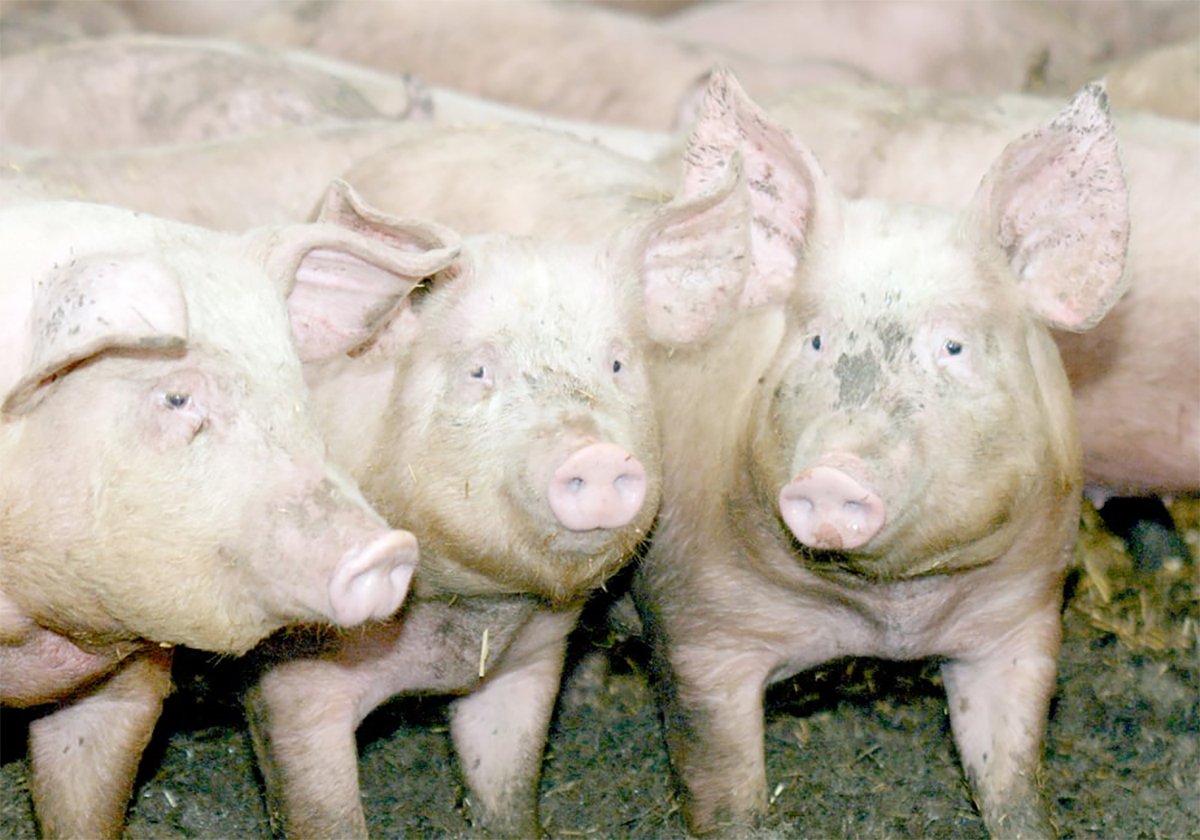NASHVILLE, Tenn. – The United States will not regain its former strong export position without a functioning national identification system.
That was the message an American cattle producer delivered to a committee meeting at the National Cattlemen’s Beef Association convention in Nashville last week.
Rick Stott told the committee that the U.S. cannot meet the standards of age and source verification demanded by Japan and other countries and that as a result valuable offshore sales will not return to pre-BSE levels.
“If we are not up to standards it will remain closed.”
Read Also

The Western Producer Livestock Report – October 2, 2025
Western Producer Livestock Report for October 2, 2025. See U.S. & Canadian hog prices, Canadian bison & lamb market data and sale insight.
Stott said more animals younger than 20 months could be sold to Japan if the U.S. used a system with registration numbers and birth dates. Japanese buyers have said they are reluctant to resume trade without a guaranteed supply of beef meeting their specifications, he added.
A major supporter of national identification, Stott said producers who are part of marketing alliances with mandatory identification are reaping the rewards.
“Animal identification in and of itself has very little value, but if it is attached to a program that consumers are willing to pay more for it, it has value,” he said.
That could include a Japanese program. U.S. beef exports fell dramatically in 2003 after BSE was discovered in that country. Monthly shipments averaged 55 percent of 2003 levels last year.
Japan has bought one million pounds of U.S. beef a week since trade resumed last year, but it must come from animals younger than 20 months. Animals that don’t have identification or birth dates must go through other certification programs that are costly and time consuming.
Last year the U.S. Department of Agriculture announced the national livestock identification program would be voluntary, which some argue means it will never happen after a decade of debate.
Government officials argue the national animal identification system will attract enough people to make it work.
“If it is voluntary it has to earn people’s individual respect and their desire to participate,” Bruce Knight, the USDA under secretary overseeing marketing and regulatory programs, said during a special forum at the convention.
The government wants to work with livestock groups and others who wish to operate privately run databases to house registration numbers so livestock movement can be traced and tracebacks initiated within 48 hours.
Knight said the government has made identification a priority to safeguard animal health, protect markets and provide traceback in case of a disease or natural disaster.
The government continues to encourage producers to voluntarily register their farms for premise identification. Twenty-five percent of producers have registered so far, representing 353,500 operations of all species.
The next goal is to register enough premises by 2009 to make the program effective.

















